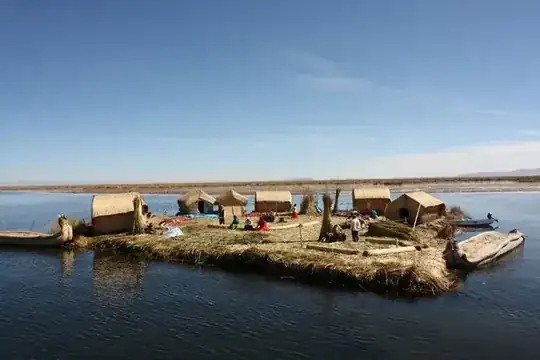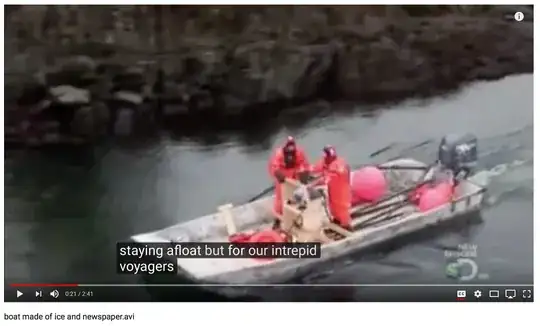Miller's Planet as shown in the movie had thousand-foot-tall waves every few minutes, atop a hard surface, with breathable air. Microbes in water could survive, happily photosynthesizing whenever they were near a surface.
I think that the surface would not be hard, due to constant erosion. Suppose a deep surface of grit, suffused with water, underneath a dirty sea.
Earthlike rooted plants would be destroyed by every passing wave, unless they were adapted to the enormous pressure of the passing wave, and the quick changes in pressure. Suppose : a plant starts deep in the grit, reaching all the way down to the bedrock. It has a tough tube it sends up into the water. After a wave passes, from inside the tube, a leaf unfolds, sitting for a few minutes in sunlight. When the water is disturbed again by the next coming wave, it retracts into the tube and hides deep in the muck.
Consider that wood may be too brittle for most of this planet.
Consider that the poles have zero or small waves compared to the equator, as long as the axial tilt is zero and the planet orbits on the ecliptic. If so, there is a small area on each pole that is not destroyed by waves all of the time. If so, macro biology can set up there. You can have Everglades-style trees with permanently-wet roots. Let's suppose that the average temperature of the planet is High Goldilocks, so that the poles are temperate. If so, humans can arrive on the poles and start mounding up grit and plants. When you have dry land, you can fire clay. When you have clay, you can refine metal. Etc, Etc.
A polar community on a zero-tilt planet has no real night or day. But on a tidal wave planet, the host body fills up a significant portion of its sky.

